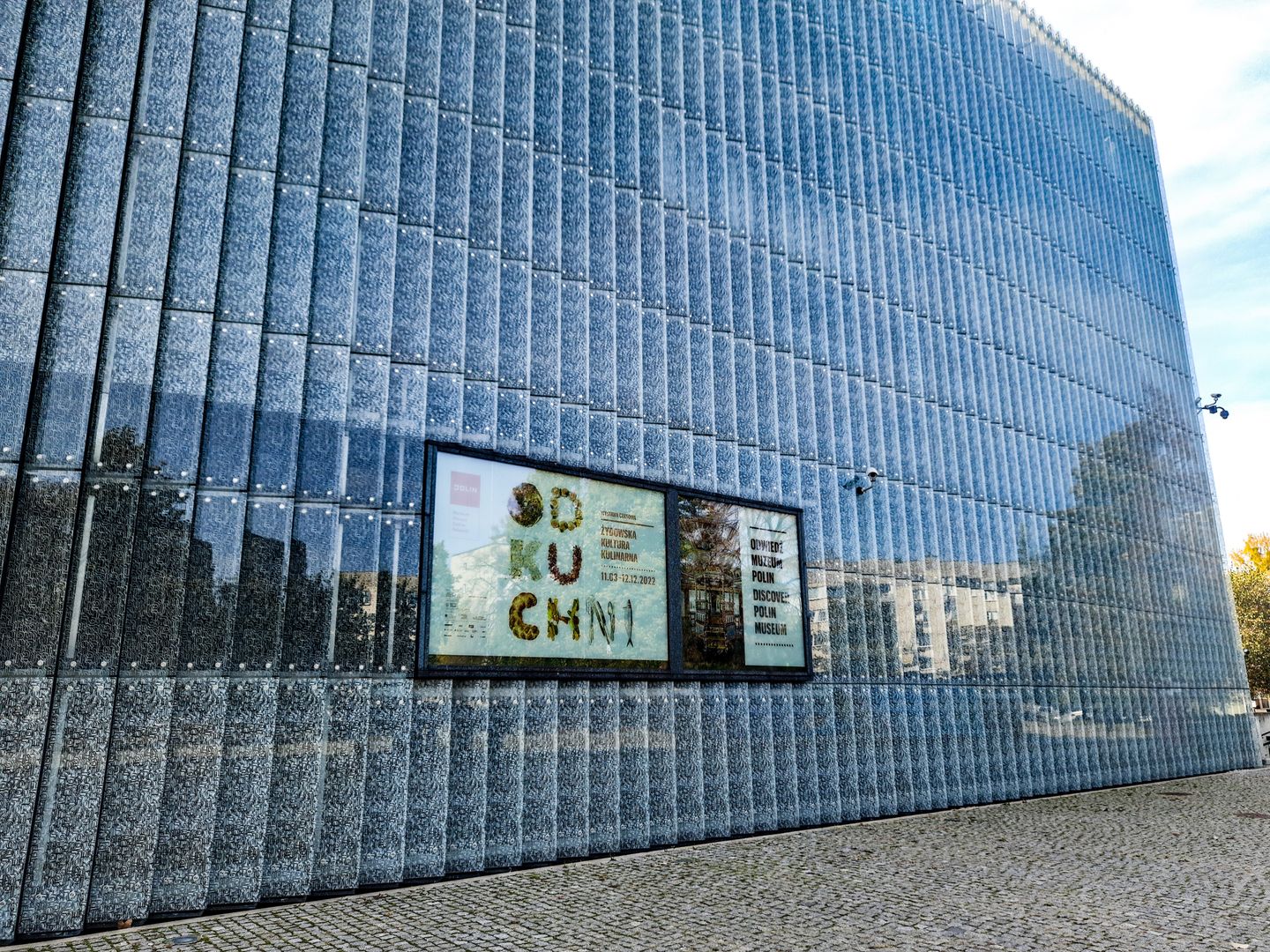POLIN Museum of the History of Polish Jews
8.22

Overview
The POLIN Museum of the History of Polish Jews, located in Warsaw's Muranów district, was established on the initiative of the Association of the Jewish Historical Institute in Poland. Its construction began in 2009, and it opened to the public in 2013. Designed by Finnish architects, including Rainer Mahlamäki, the building features a minimalist style with glass panels inscribed with Hebrew and Latin letters spelling the word "Polin," referencing the legend of the arrival of Jews in Poland. The museum serves not only as a traditional museum but also as a cultural and educational center, showcasing the history of Jews in Poland from around 960 CE, as well as their significant contributions to Polish culture, science, and economy.
The core exhibition, "1000 Years of the History of Polish Jews," created by a team of 120 specialists, is interactive and divided into eight thematic galleries. These galleries chronologically depict the fate of Jews in Poland, including periods such as the Golden Age, the Holocaust, and the post-World War II era. An interesting feature is the main hall’s symbolic bridge, representing the building of relationships between different cultures.
The museum has become an institution promoting tolerance and diversity, organizing numerous educational events, lectures, and social initiatives, such as the annual "Daffodils" campaign commemorating the Warsaw Ghetto Uprising. In addition to its exhibition spaces, the museum houses extensive collections comprising over 17,500 items, including Judaica, works of art, and documents illustrating the history of Polish Jews.
Awarded numerous architectural prizes, the POLIN Museum plays a significant role in fostering understanding and remembrance of Jewish heritage in Poland while creating a space for intercultural dialogue.
Location
Tickets
Powered by GetYourGuide
2025 Wizytor | All Rights Reserved